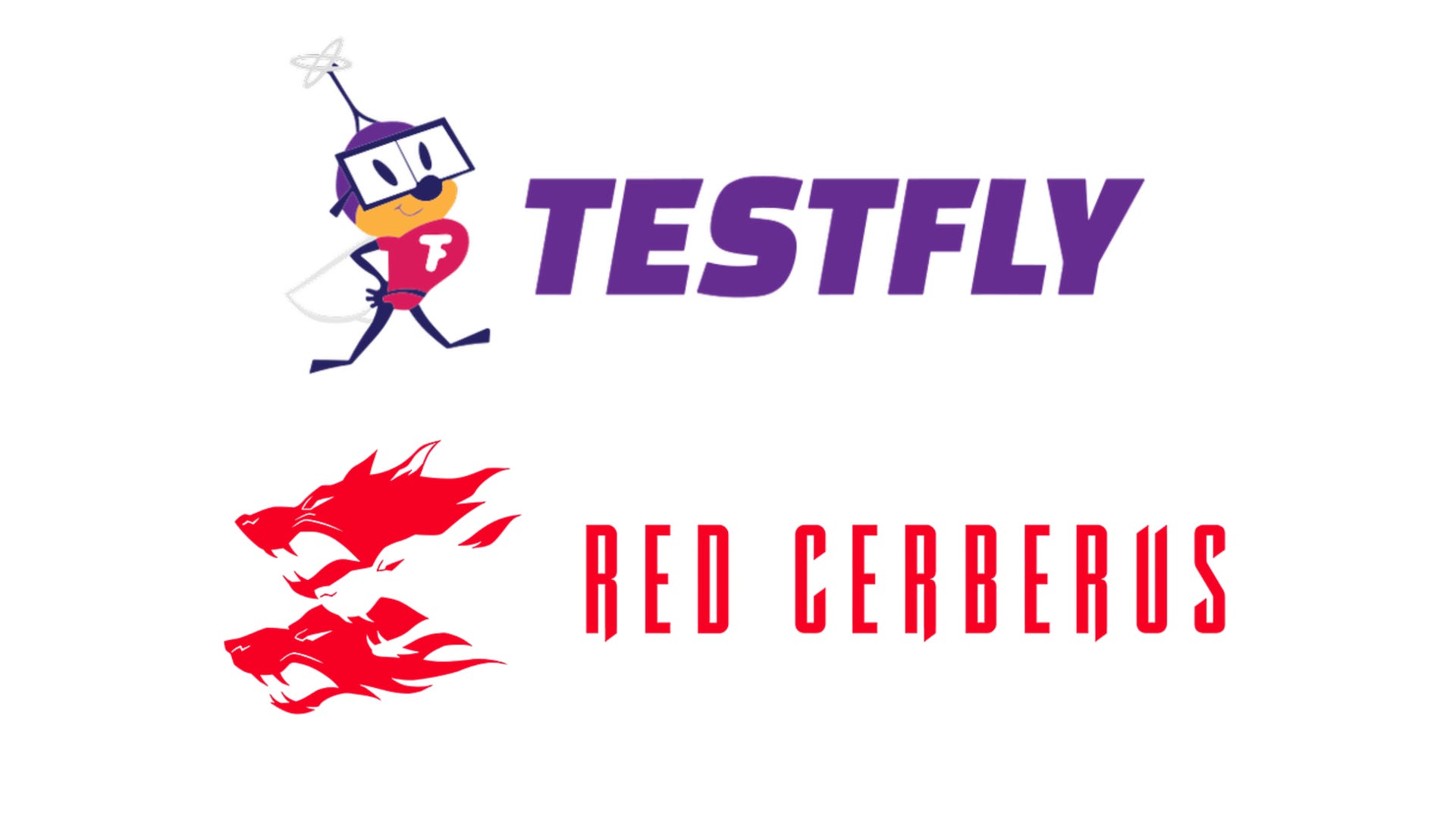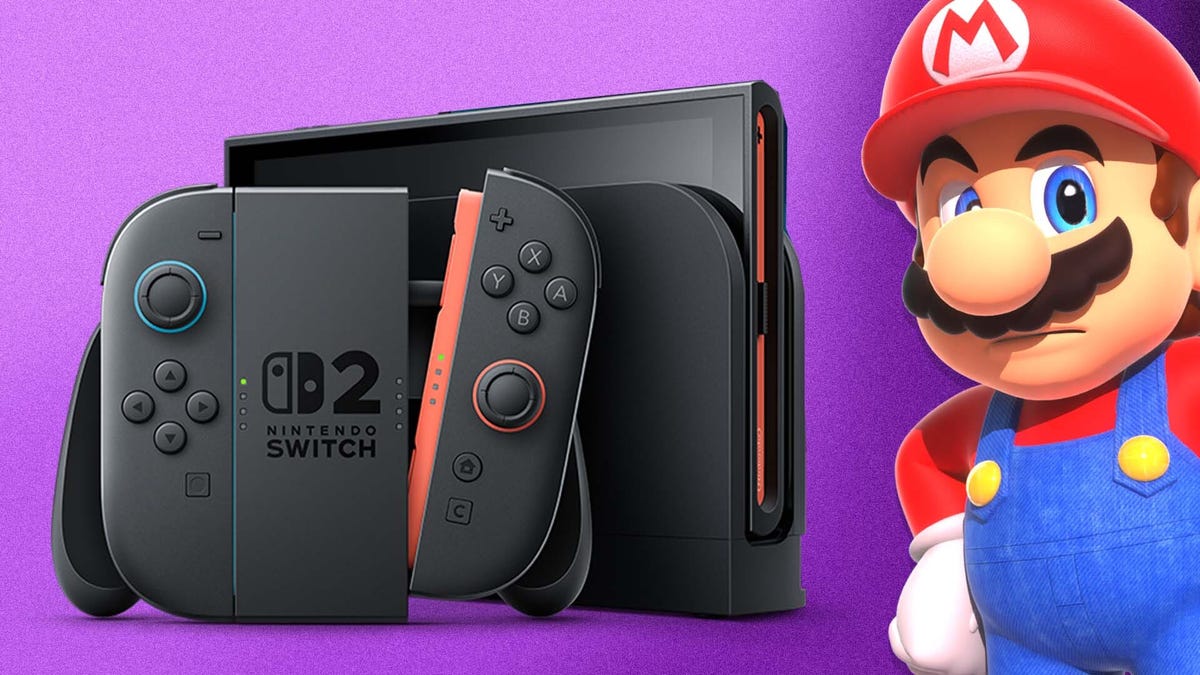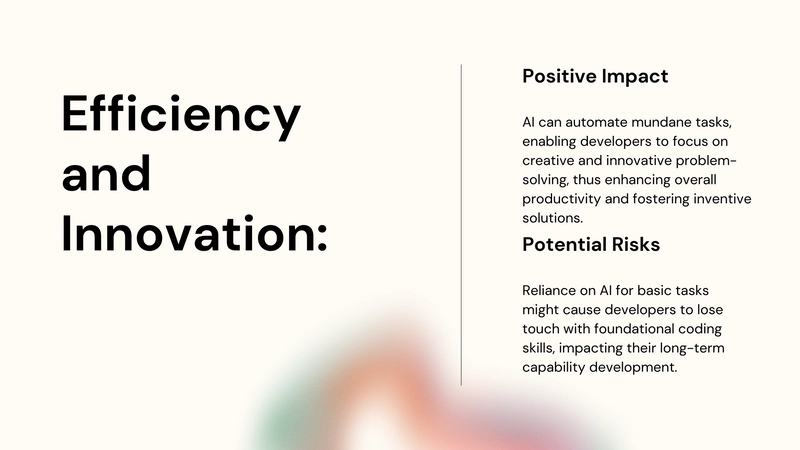Solana Blockchain and Its Use cases
## Introduction to Solana One of the fastest growing blockchain networks is Solana. Famous for its low cost and fast transactions. Solana seeks to become a scalable and efficient substitute for conventional blockchain networks such as Ethereum. Unlike many other blockchains that have challenges with high prices and low speeds. Solana provides an incredible experience for end users and developers.With its Proof-of-History (PoH) consensus algorithm solana is able to process more than thousands of transactions per second (TPS), ranking among the most efficient blockchains in the crypto industry. This efficiency has resulted in its quick adoption in decentralized finance (DeFi), non-fungible tokens (NFTs), Web3 applications, and others. How Solana Works Solana's innovative architecture is designed to solve the typical issues of blockchain scalability and transaction fees. Here's how it works: Proof-of-History (PoH): Solana Secret Weapon As opposed to Ethereum or Bitcoin, Which both utilize Proof-of-Work (PoW) or Proof-of-Stake (PoS), Solana brings Proof-of-History (PoH), a cryptographic clock that timestamps transactions prior to their inclusion in the blockchain. With this transactions can be processed more efficiently without having to wait for confirmations from the entire network. High-Speed Transaction Processing Solana merge of Proof-of-History with Proof-of-Stake allows for transactions to be verified in seconds. With minimal transaction fees , Solana is suitable for micro transactions and advance level applications. Parallel Processing Unlike Ethereum that can only verify transactions sequentially, Solana employs the use of Sea Level, a system for parallel transaction processing that allows for several smart contracts to execute in parallel, further enhancing the speed of the network. Use Cases of Solana Solana high capacity and affordability make it ideal for a wide range of blockchain applications. Some of the most effective use cases are listed below: **1. Decentralized Finance (DeFi) on Solana Solana has been a formidable competitor in the DeFi arena, offering users quicker and less expensive alternatives to Ethereum based solutions. Some of the most important applications include: Decentralized Exchanges (DEXs): Exchanges such as Raydium, Serum, and Orca provide quick, low-cost trading for crypto assets. Lending and Borrowing: Platforms such as Solend and Mango Markets allow users to lend, borrow, and collect interest on their crypto. Yield Farming & Staking: Investors can stake SOL or take part in liquidity pools to garner income. **2. NFT on Solana Solana high speed transactions and low fees have shown it as a place for NFT collectors and creators. Some of the key highlights are: Top NFT Marketplaces: Solana based marketplaces such as Magic Eden, Solanart, and Metaplex enable users to mint, purchase, and sell NFT. NFT Gaming: Games built on Solana set NFTs as game assets, building a new economy within gaming communities. Lower Minting Costs: In contrast to Ethereum, where gas costs can be high, minting an NFT on Solana costs a half of a cent. **3. Web3 and Decentralized App Development Web3 apps are becoming decentralized, and Solana is on top of platforms to develop them because it is scalable. Developers enjoy: Quick and fast smart contract execution with Rust and C programming languages. An expanding ecosystem of Apps, such as decentralized social networks, blockchain identity systems, and creator economy platforms. Smooth integration with other blockchain networks through bridges such as Wormhole. **4. Blockchain Gaming & the Metaverse The gaming industry is fast merging blockchain technology, and Solana is leading the charge. Some consider aspects include: Play-to-Earn(P2E) Games: Games like Star Atlas and Aurory allow players to earn cryptocurrency by playing. Metaverse Projects: Solana-based virtual worlds enable ownership of digital land and in- game items as NFTs. Fast Transactions for In Game Economy: Like Ethereum-based games, Solana low fees and instant transactions create a smooth gaming experience. **5. DAO (Decentralized Autonomous Organizations) on Solana DAO are autonomous organizations driven by smart contracts. Solana offers an efficient framework for DAOs to handle treasury funds, voting, and governance. Examples include: Realms: A well-known DAO governance platform on Solana. Grape Network: A protocol for building communities utilizing Solana to handle tokenized governance. **6. Payments & Cross-Border Transactions Low fees and finality of Solana make it a great choice of blockchain for payments. Some of the real-world use cases include: Solana Pay: Decentralized payment system enabling merchants to receive crypto payments with charges virtually as low as zero. Stablecoin Transfers: Transferring USDC and USDT on Solana is a quick and inexpensive method for sending money across the globe. Micropayments: Content creato
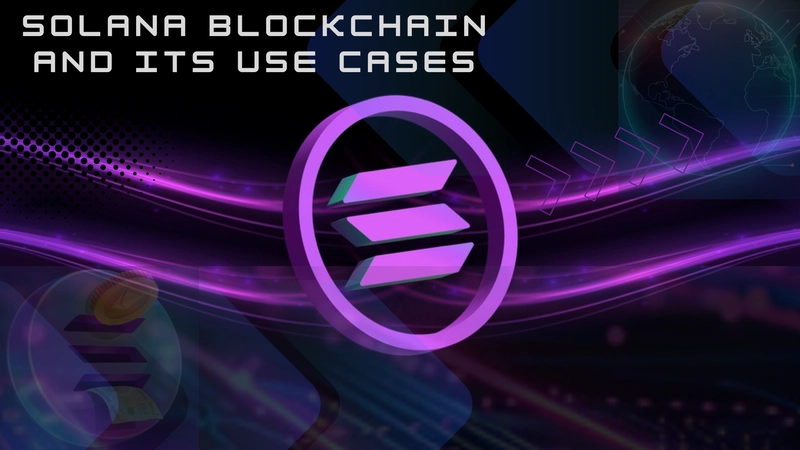
One of the fastest growing blockchain networks is Solana. Famous for its low cost and fast transactions. Solana seeks to become a scalable and efficient substitute for conventional blockchain networks such as Ethereum. Unlike many other blockchains that have challenges with high prices and low speeds. Solana provides an incredible experience for end users and developers.With its Proof-of-History (PoH) consensus algorithm solana is able to process more than thousands of transactions per second (TPS), ranking among the most efficient blockchains in the crypto industry. This efficiency has resulted in its quick adoption in decentralized finance (DeFi), non-fungible tokens (NFTs), Web3 applications, and others.
How Solana Works
Solana's innovative architecture is designed to solve the typical issues of blockchain scalability and transaction fees. Here's how it works:
Proof-of-History (PoH): Solana Secret Weapon
As opposed to Ethereum or Bitcoin, Which both utilize Proof-of-Work (PoW) or Proof-of-Stake (PoS), Solana brings Proof-of-History (PoH), a cryptographic clock that timestamps transactions prior to their inclusion in the blockchain. With this transactions can be processed more efficiently without having to wait for confirmations from the entire network.High-Speed Transaction Processing
Solana merge of Proof-of-History with Proof-of-Stake allows for transactions to be verified in seconds. With minimal transaction fees , Solana is suitable for micro transactions and advance level applications.Parallel Processing
Unlike Ethereum that can only verify transactions sequentially, Solana employs the use of Sea Level, a system for parallel transaction processing that allows for several smart contracts to execute in parallel, further enhancing the speed of the network.
Use Cases of Solana
Solana high capacity and affordability make it ideal for a wide range of blockchain applications. Some of the most effective use cases are listed below:
**1. Decentralized Finance (DeFi) on Solana
Solana has been a formidable competitor in the DeFi arena, offering users quicker and less expensive alternatives to Ethereum based solutions. Some of the most important applications include:
Decentralized Exchanges (DEXs): Exchanges such as Raydium, Serum, and Orca provide quick, low-cost trading for crypto assets.
Lending and Borrowing: Platforms such as Solend and Mango Markets allow users to lend, borrow, and collect interest on their crypto.
Yield Farming & Staking: Investors can stake SOL or take part in liquidity pools to garner income.
**2. NFT on Solana
Solana high speed transactions and low fees have shown it as a place for NFT collectors and creators. Some of the key highlights are:
Top NFT Marketplaces: Solana based marketplaces such as Magic Eden, Solanart, and Metaplex enable users to mint, purchase, and sell NFT.
NFT Gaming: Games built on Solana set NFTs as game assets, building a new economy within gaming communities.
Lower Minting Costs: In contrast to Ethereum, where gas costs can be high, minting an NFT on Solana costs a half of a cent.
**3. Web3 and Decentralized App Development
Web3 apps are becoming decentralized, and Solana is on top of platforms to develop them because it is scalable. Developers enjoy:
Quick and fast smart contract execution with Rust and C programming languages.
An expanding ecosystem of Apps, such as decentralized social networks, blockchain identity systems, and creator economy platforms.
Smooth integration with other blockchain networks through bridges such as Wormhole.
**4. Blockchain Gaming & the Metaverse
The gaming industry is fast merging blockchain technology, and Solana is leading the charge. Some consider aspects include:
Play-to-Earn(P2E) Games: Games like Star Atlas and Aurory allow players to earn cryptocurrency by playing.
Metaverse Projects: Solana-based virtual worlds enable ownership of digital land and in- game items as NFTs.
Fast Transactions for In Game Economy: Like Ethereum-based games, Solana low fees and instant transactions create a smooth gaming experience.
**5. DAO (Decentralized Autonomous Organizations) on Solana
DAO are autonomous organizations driven by smart contracts. Solana offers an efficient framework for DAOs to handle treasury funds, voting, and governance. Examples include:
Realms: A well-known DAO governance platform on Solana.
Grape Network: A protocol for building communities utilizing Solana to handle tokenized governance.
**6. Payments & Cross-Border Transactions
Low fees and finality of Solana make it a great choice of blockchain for payments. Some of the real-world use cases include:
Solana Pay: Decentralized payment system enabling merchants to receive crypto payments with charges virtually as low as zero.
Stablecoin Transfers: Transferring USDC and USDT on Solana is a quick and inexpensive method for sending money across the globe.
Micropayments: Content creators, streamers, and online stores can utilize Solana for instant and low-fee tipping and transactions.
Future of Solana
Solana has grown tremendously but also comes with its problems. Some of its most important future features are:
- Network Stability & Upgrades
Solana has seen sporadic network downtime, but constant upgrades look to fix the issue. Developments such as Firedancer, a new validator client, are set to increase network speed.
- Expanding Developer Ecosystem
With increasing developers on the Solana network, the decentralized applications are growing at a fast forward. This will make Solana a top-performing blockchain.
- Institutional Adoption
Large institutions and companies are now starting to look into Solana for use cases in the real world, such as finance, gaming, and supply chain management.
- Ethereum and Layer 2 Solutions
Ethereum's transition to Ethereum 2.0 and the emergence of Layer 2 solutions such as Arbitrum and Optimism present stiff competition. Nonetheless, Solana special architecture still has developers and users flocking to it.
Conclusion
Solana has proven to be one of the most scalable and innovative blockchain networks offering real world use in DeFi, NFTs, Web3, gaming, DAOs, and payments. Fast transactions and low fees have positioned it as a formidable player against Ethereum and other smart contract platforms.
Though issues such as network stability are still an issue, continuous updates and increasing ecosystem make Solana a potential blockchain for the future. As it continues to gain adoption, solana is poised to have a significant impact on the future of blockchain technology.




















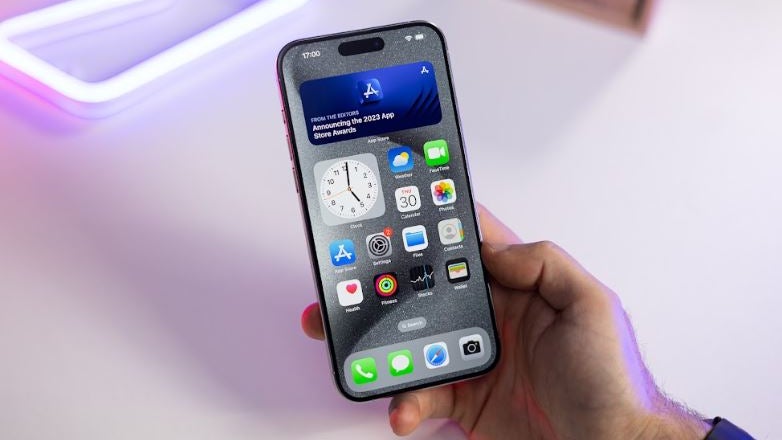


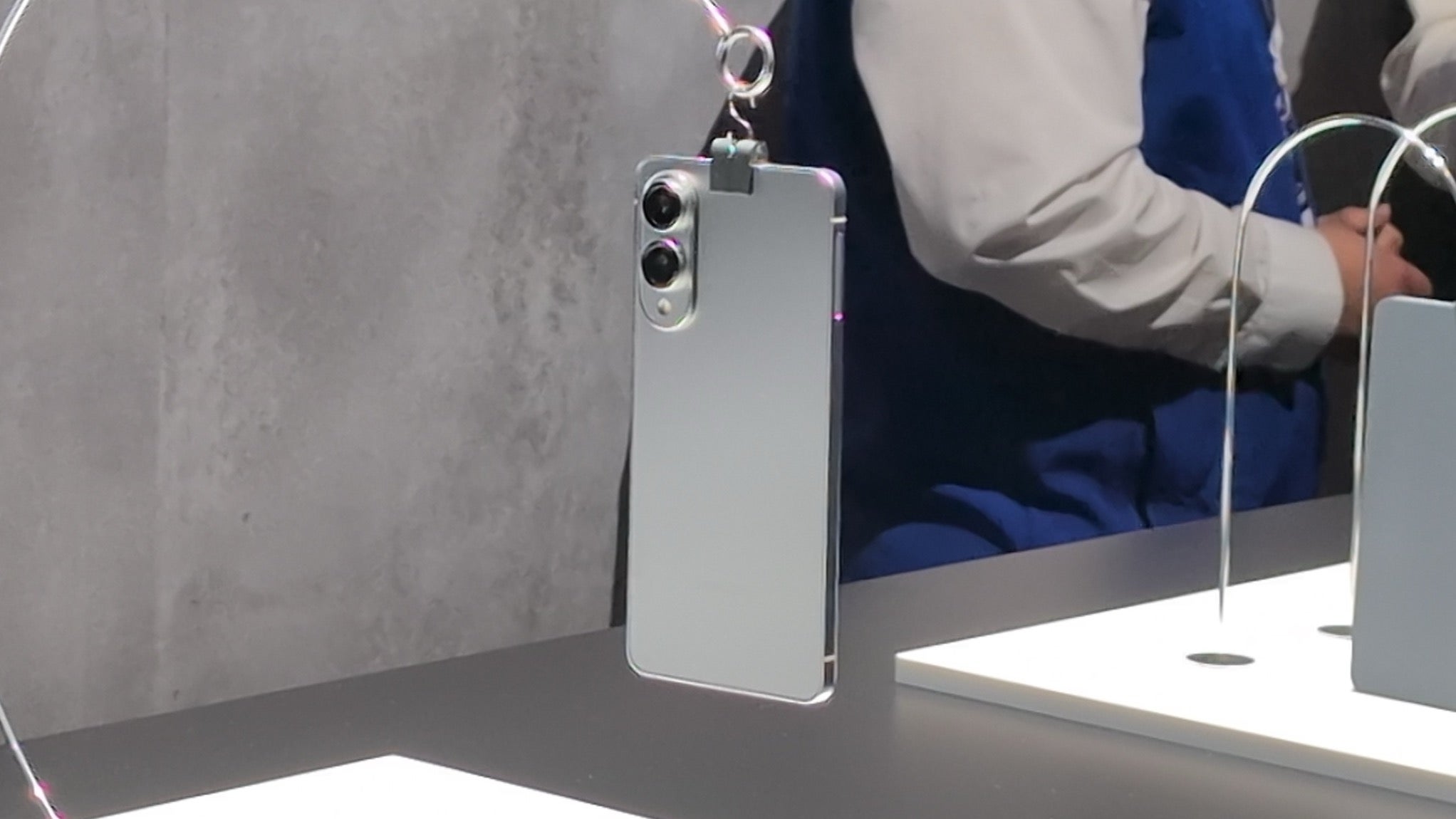



























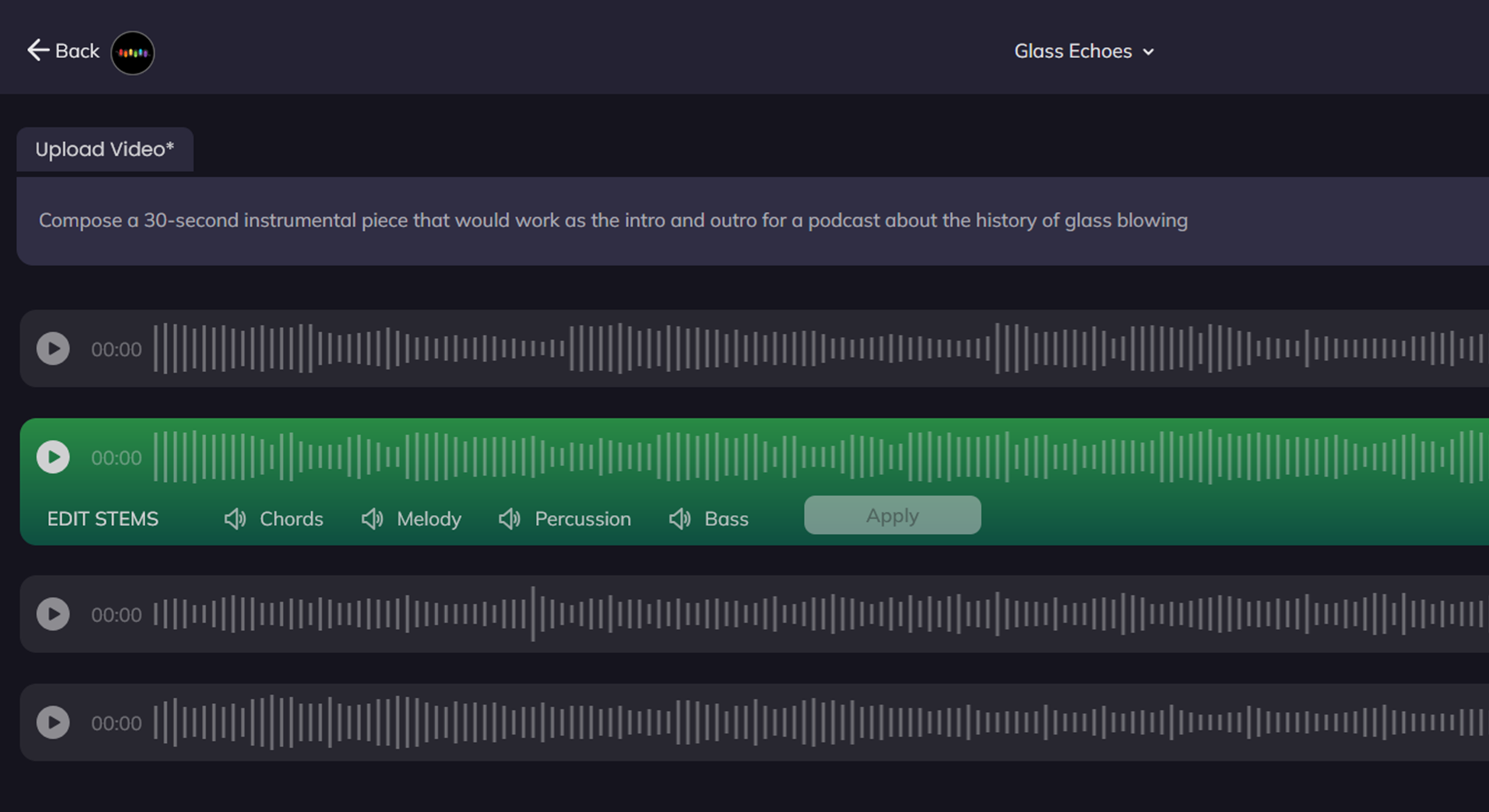
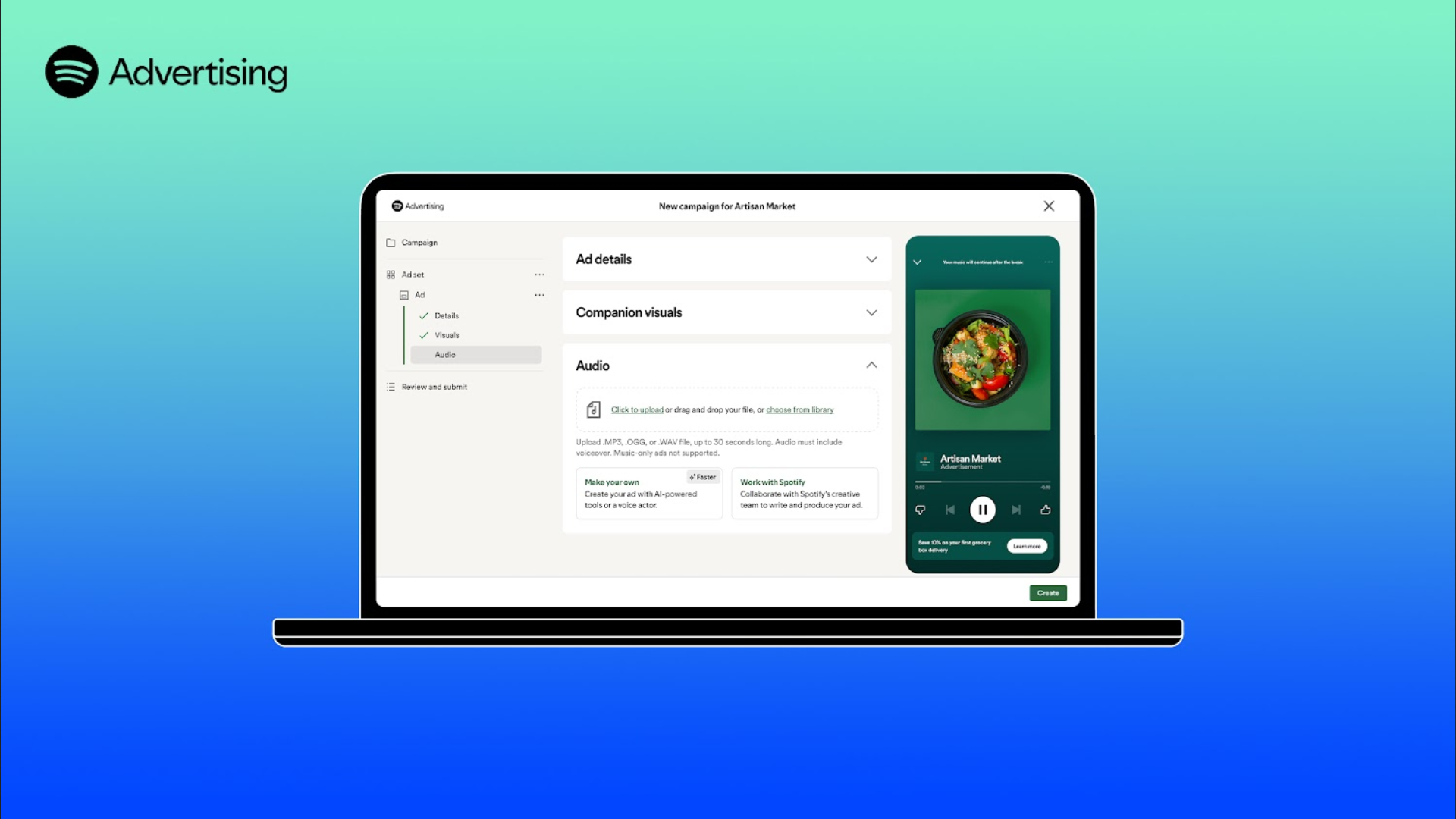


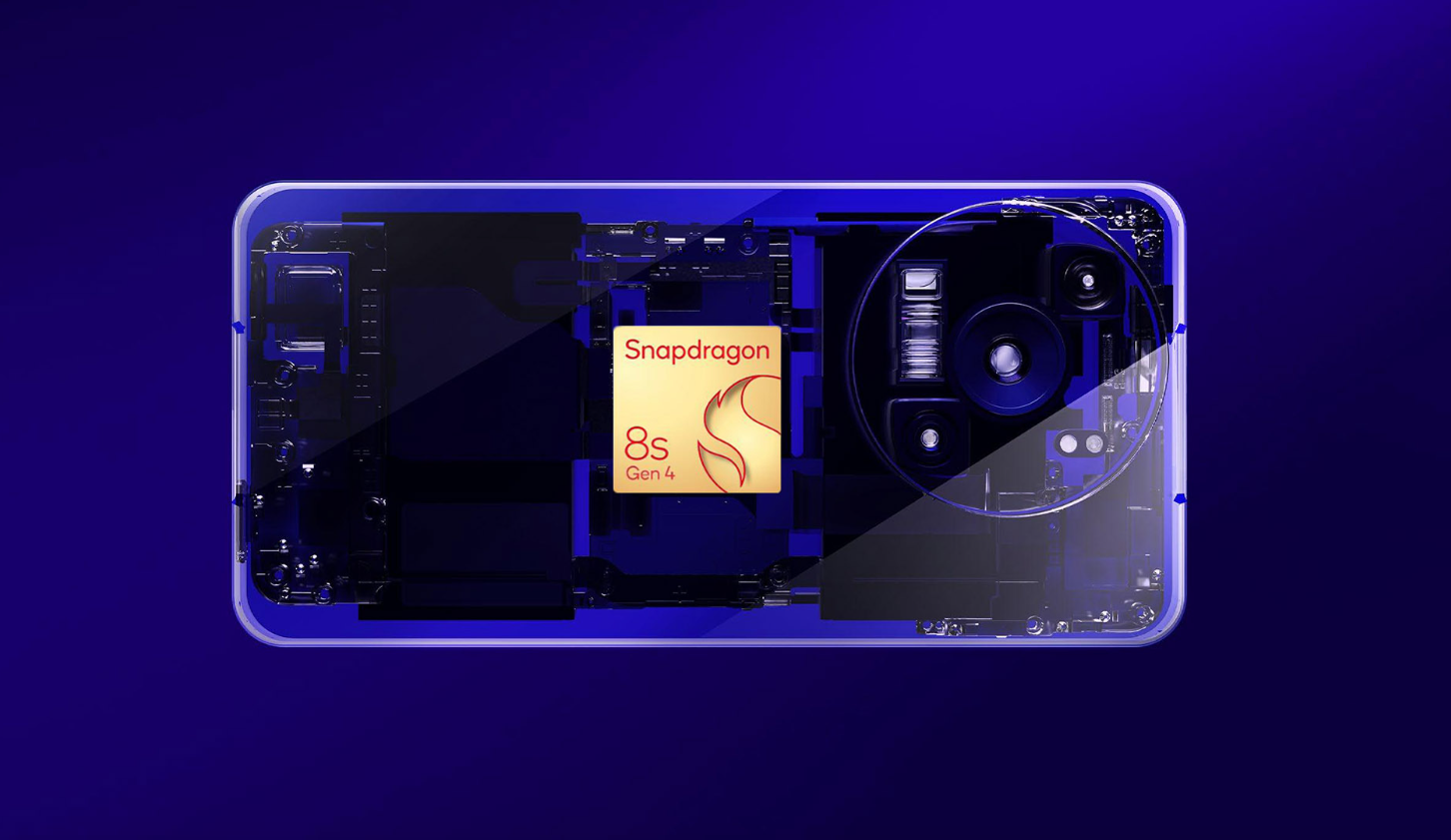


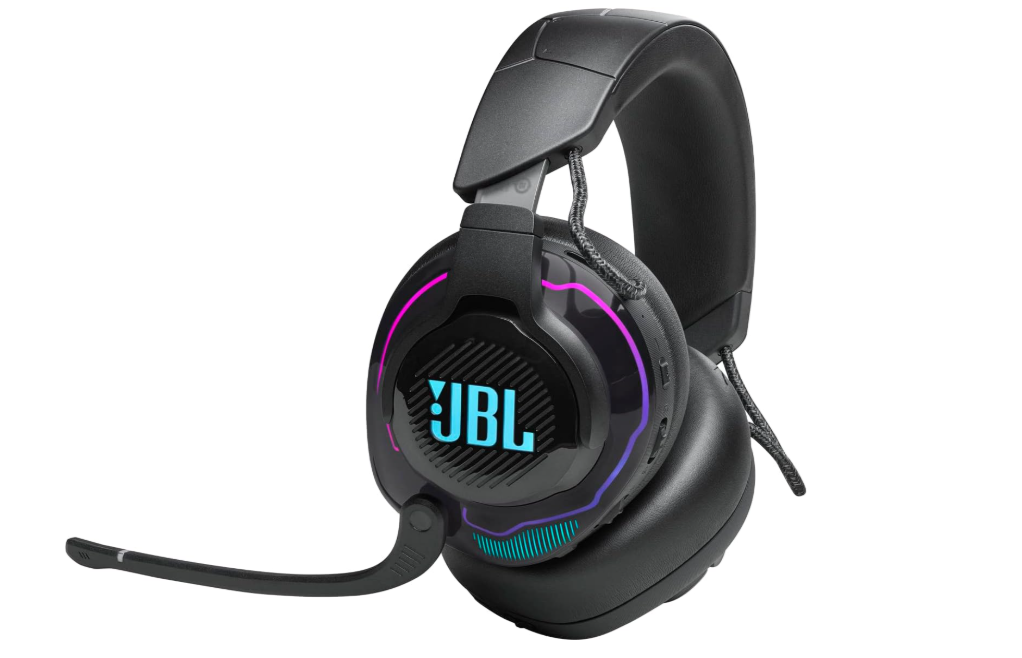









![YouTube Announces New Creation Tools for Shorts [Video]](https://www.iclarified.com/images/news/96923/96923/96923-640.jpg)
![Apple Faces New Tariffs but Has Options to Soften the Blow [Kuo]](https://www.iclarified.com/images/news/96921/96921/96921-640.jpg)


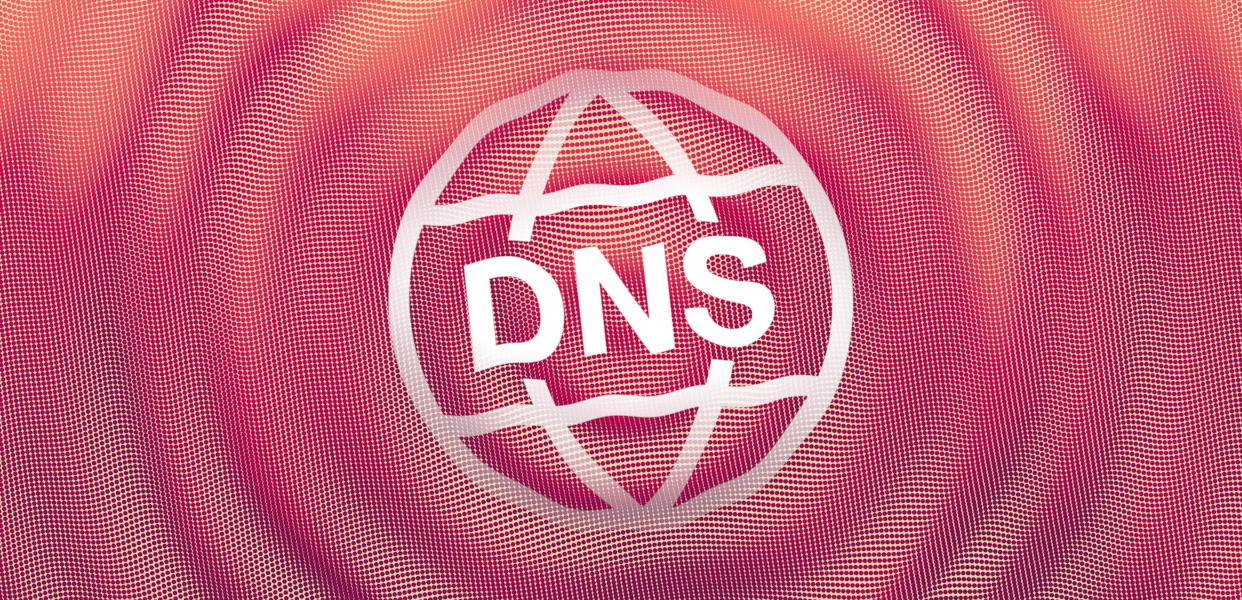














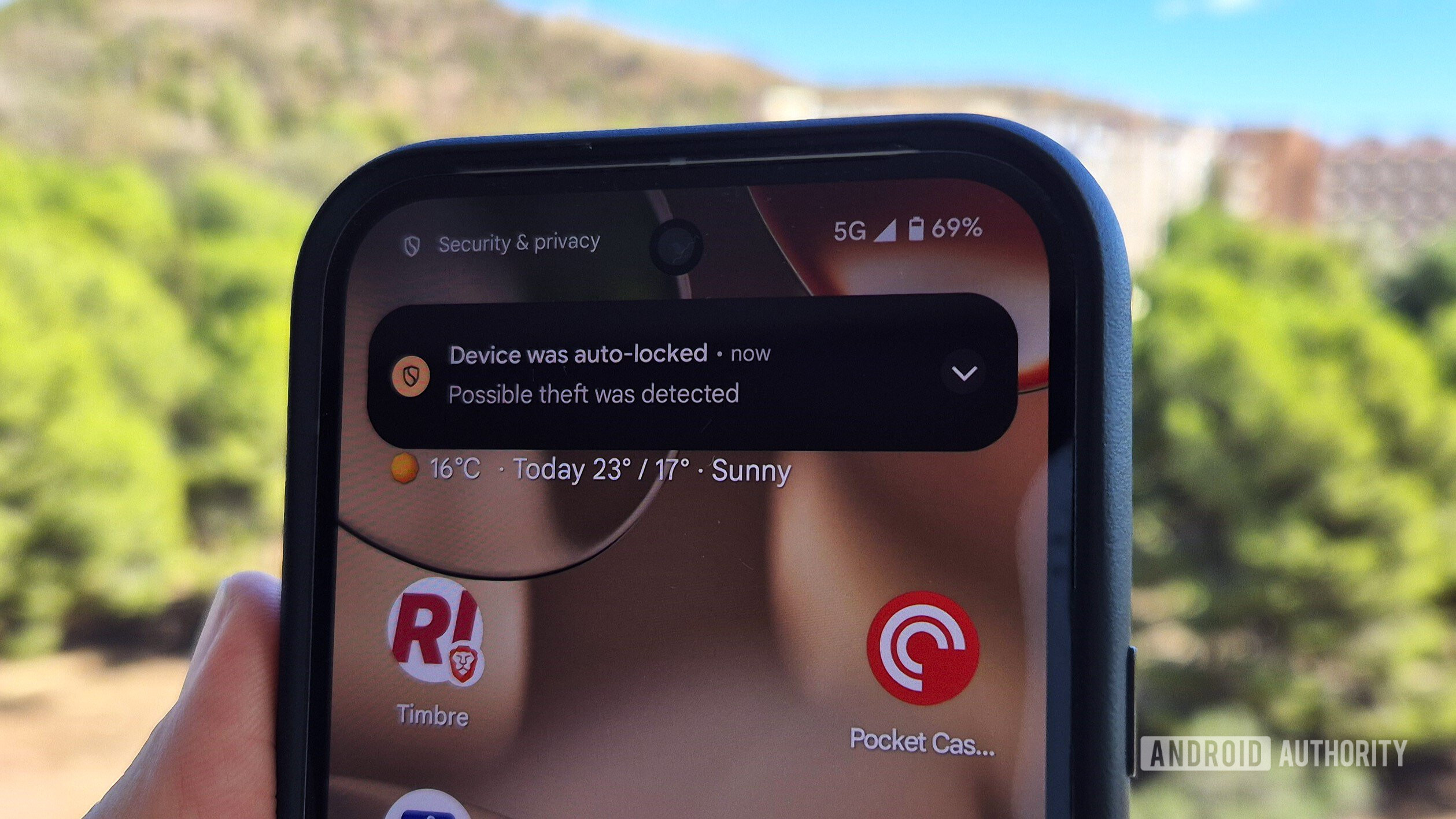

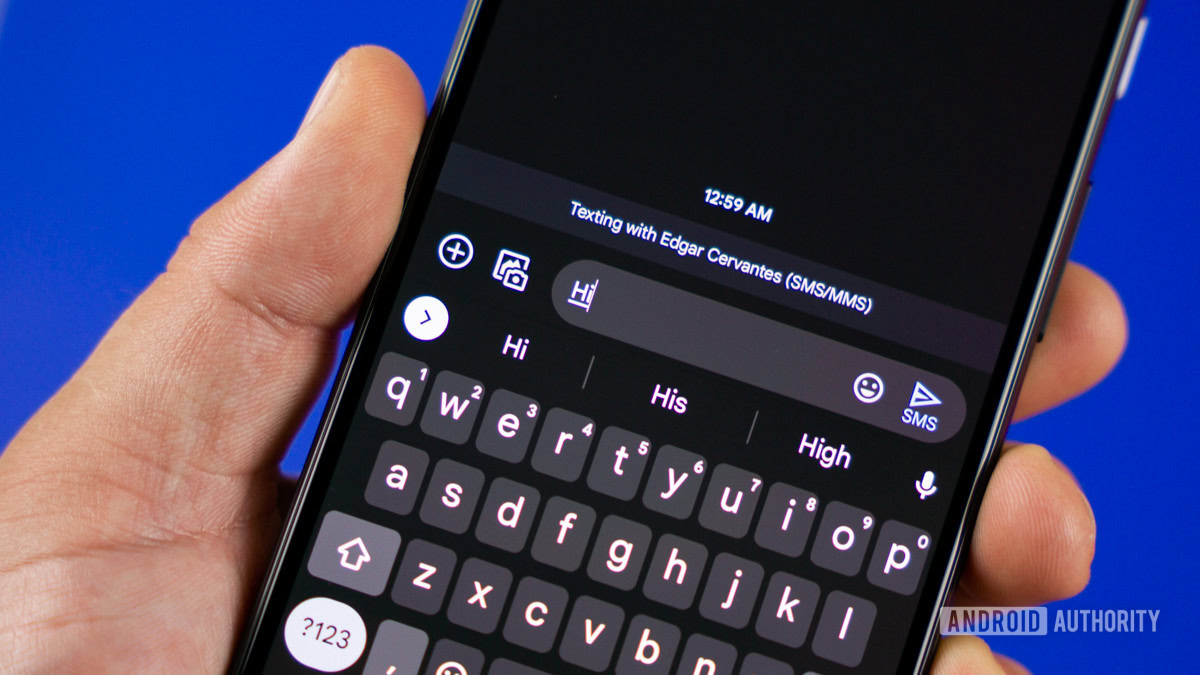
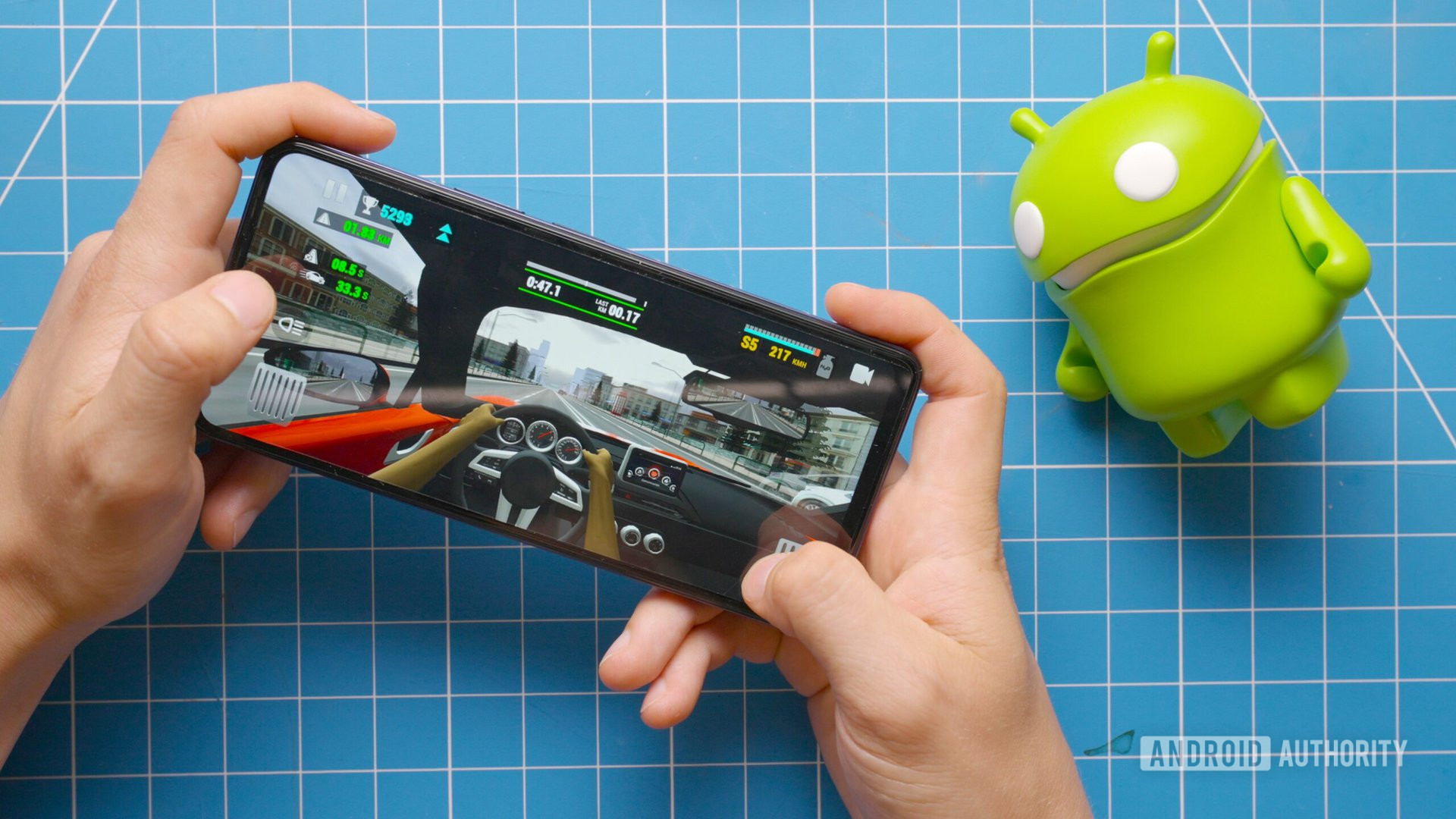


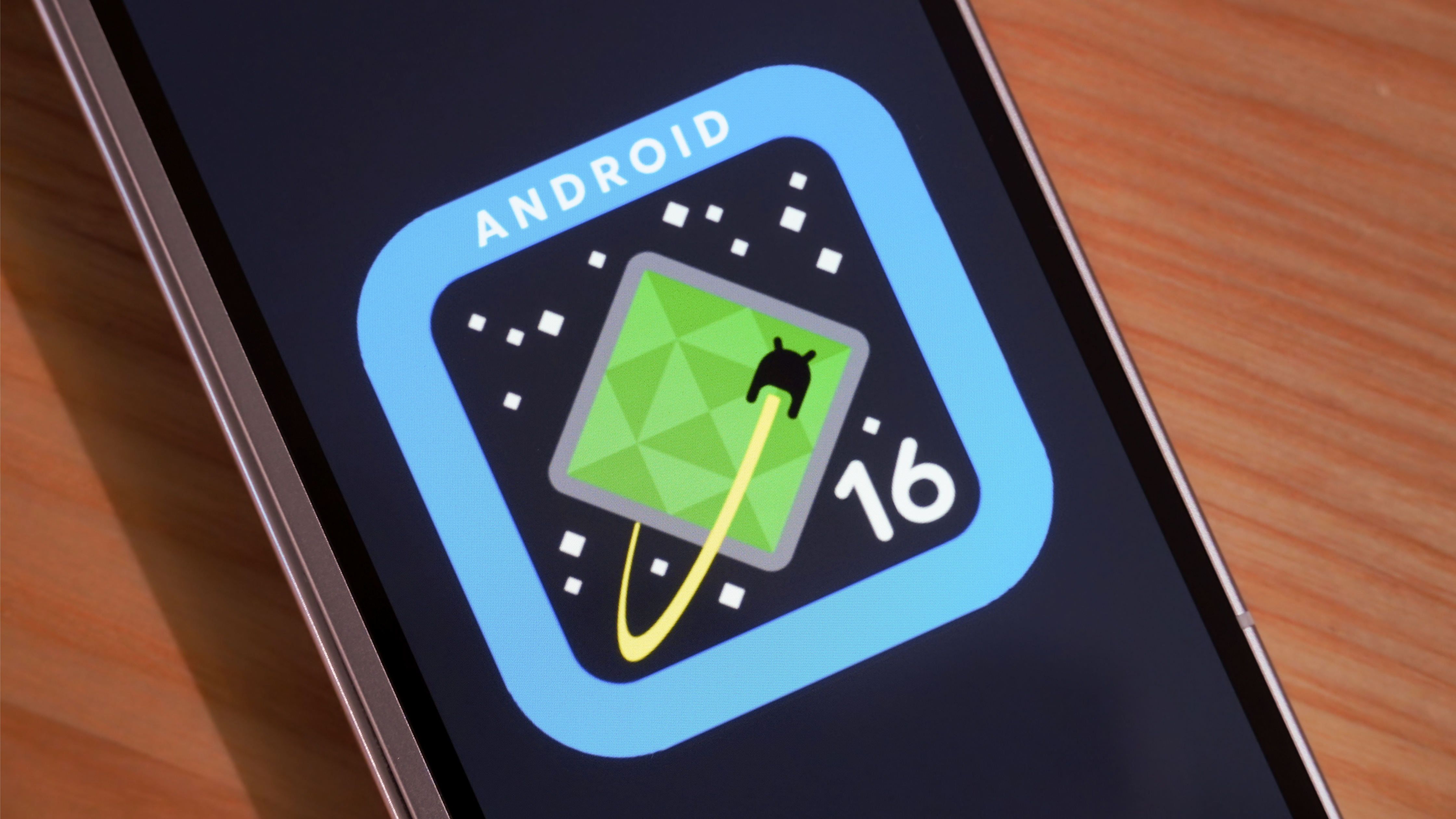

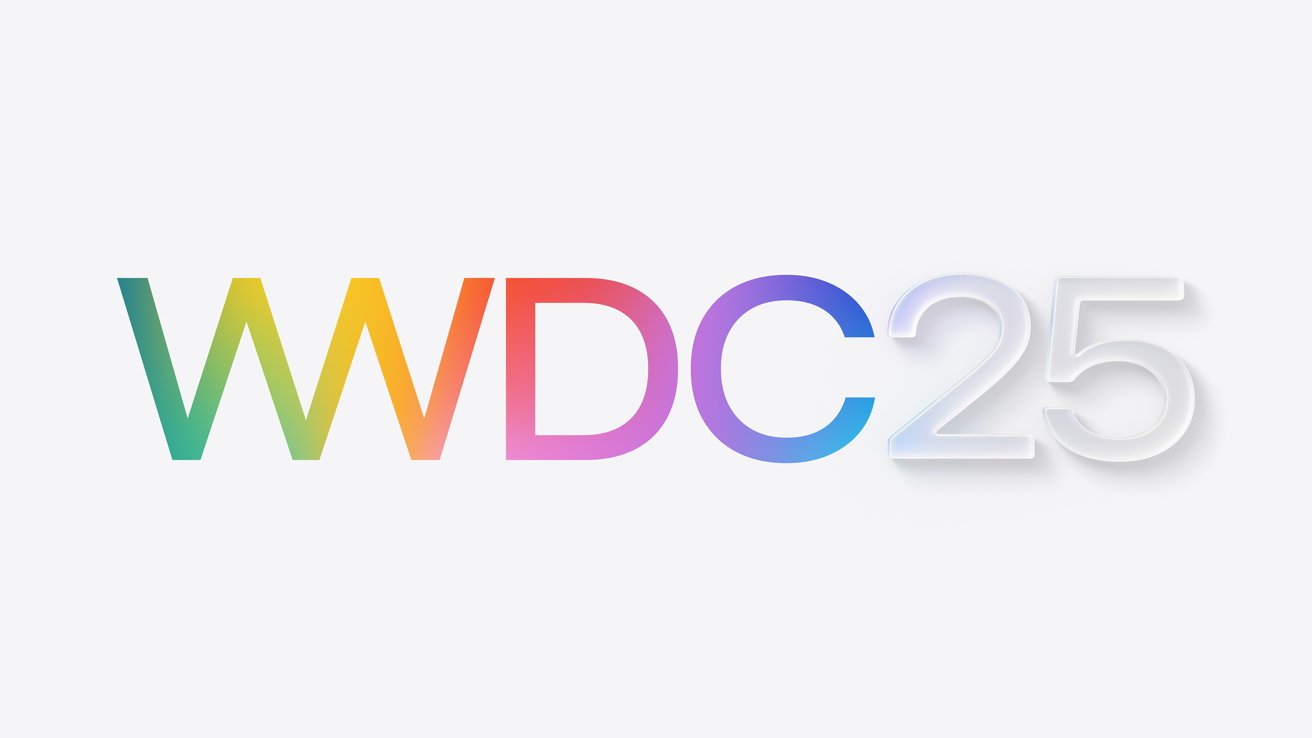
























































































































































![[The AI Show Episode 142]: ChatGPT’s New Image Generator, Studio Ghibli Craze and Backlash, Gemini 2.5, OpenAI Academy, 4o Updates, Vibe Marketing & xAI Acquires X](https://www.marketingaiinstitute.com/hubfs/ep%20142%20cover.png)



























































































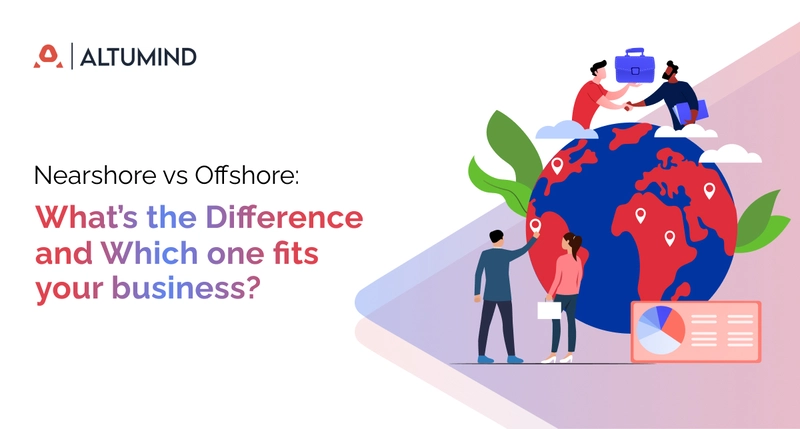
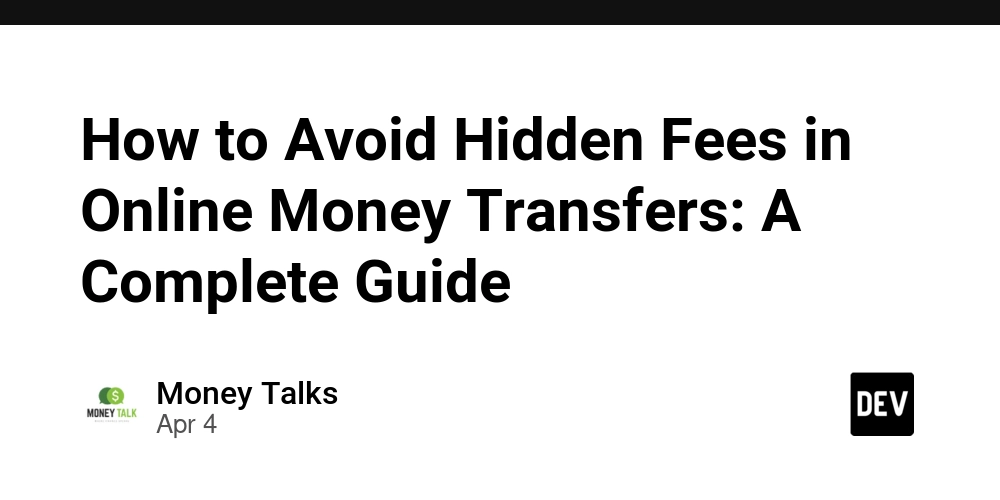




















![Is this a suitable approach to architect a flutter app? [closed]](https://i.sstatic.net/4hMHGb1L.png)
















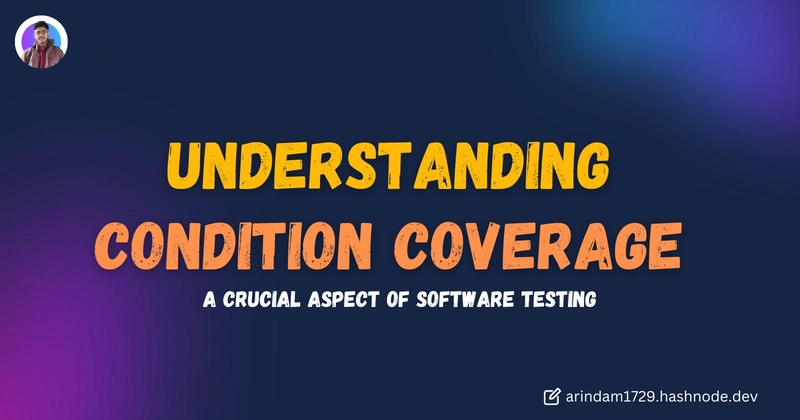






![[DEALS] Microsoft Office Professional 2021 for Windows: Lifetime License (75% off) & Other Deals Up To 98% Off – Offers End Soon!](https://www.javacodegeeks.com/wp-content/uploads/2012/12/jcg-logo.jpg)


























